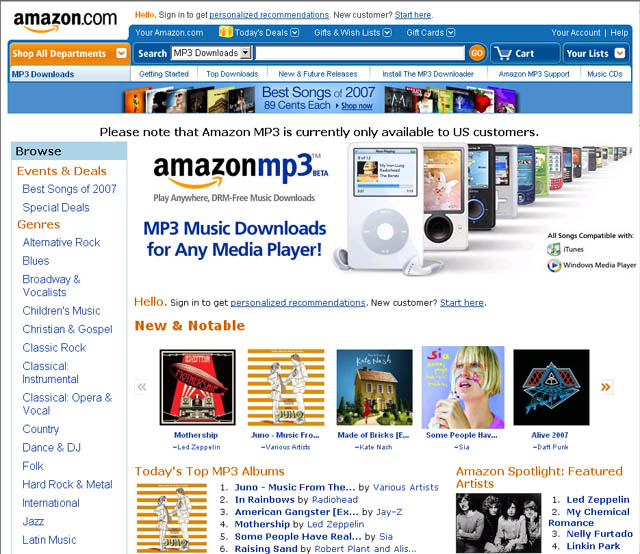


Perhaps the biggest difference between Amazon and iTunes is the purchase and download experience. Most newer digital music devices can play M4A songs. However, listeners aren’t likely to notice much of a difference between Amazon and iTunes songs on a computer or mobile device.

M4A is also lossy compression but generally achieves better sound quality than MP3 at similar bit rates. AAC is an ISO standard and part of the MPEG-2 and MPEG-4 specifications. M4A is an Apple advanced audio codec ( AAC). Nearly every digital music device on the planet can play MP3 audio. MP3 is a lossy compression algorithm, meaning that some data is lost to greatly reduce the file size but still sound close to the original audio for most listeners. MP3 is short for “MPEG-1 Audio Layer 3” and is part of the MPEG-1 standard established in 1991. MP3 and M4A are digital audio encoding formats, in other words, a way to store analog music on digital devices. Let’s compare the digital music sold on Amazon and iTunes:


 0 kommentar(er)
0 kommentar(er)
